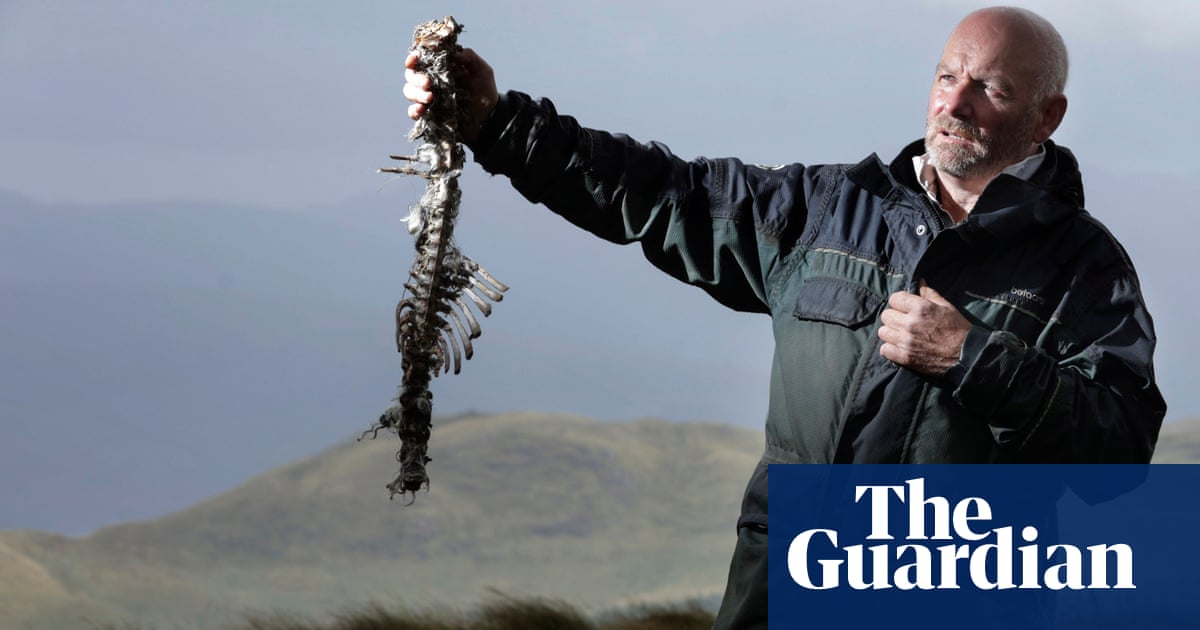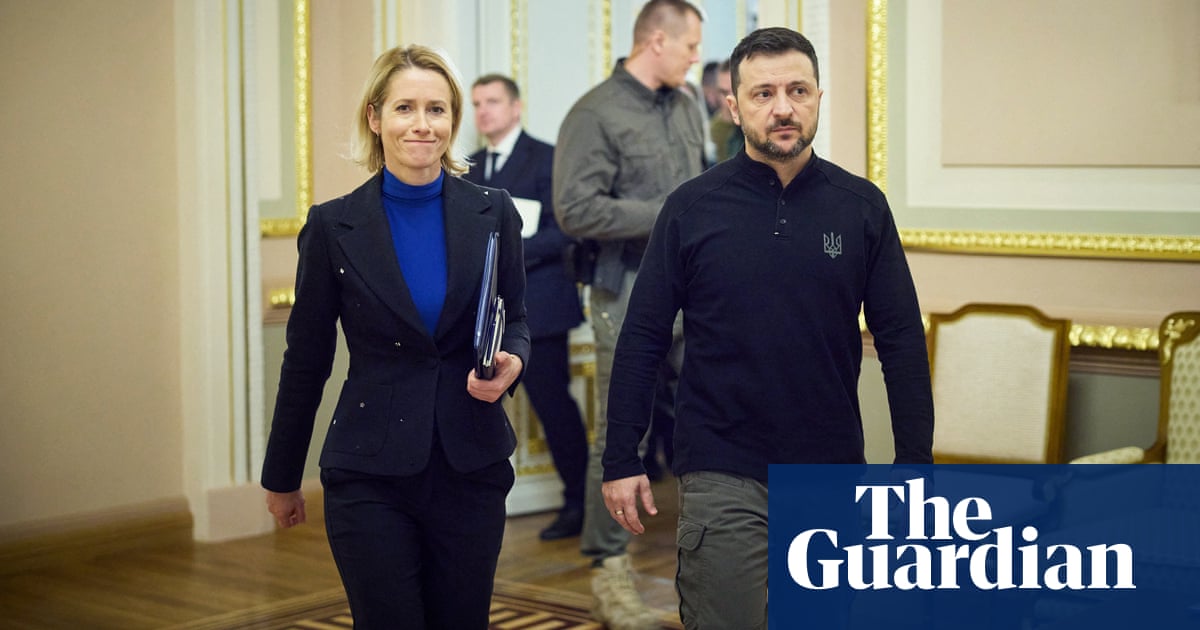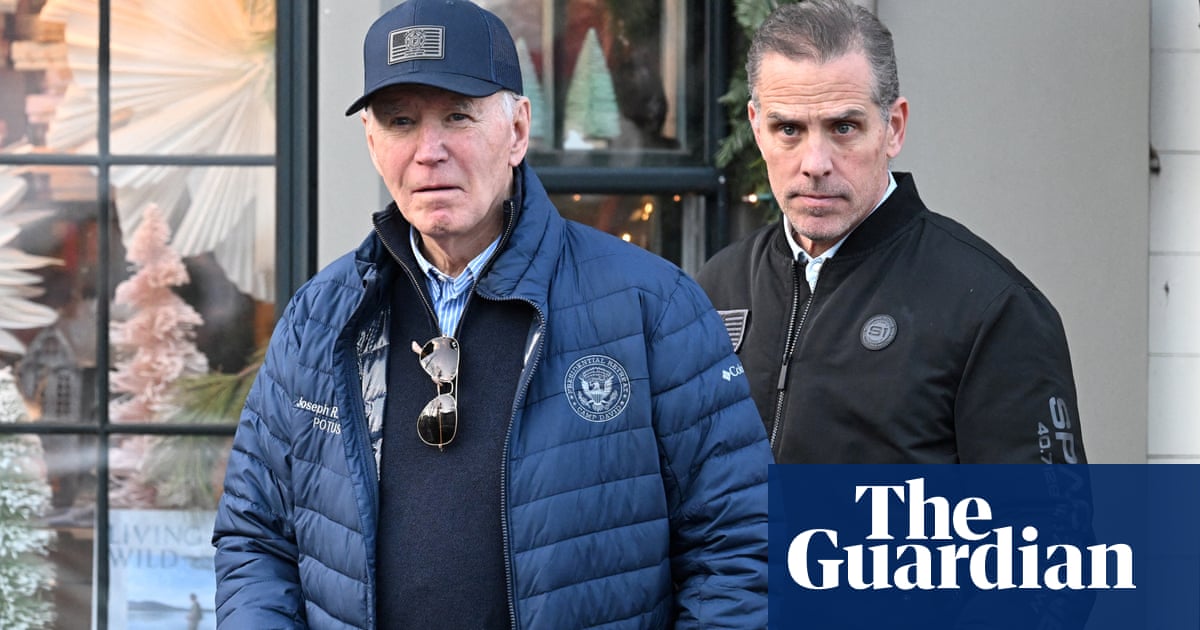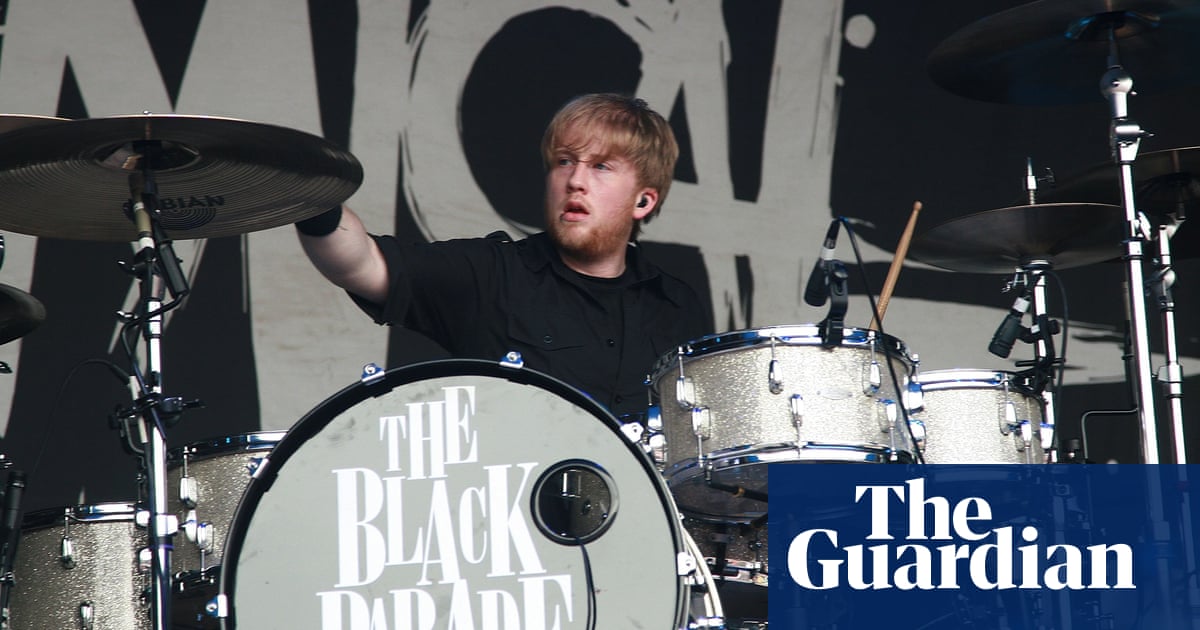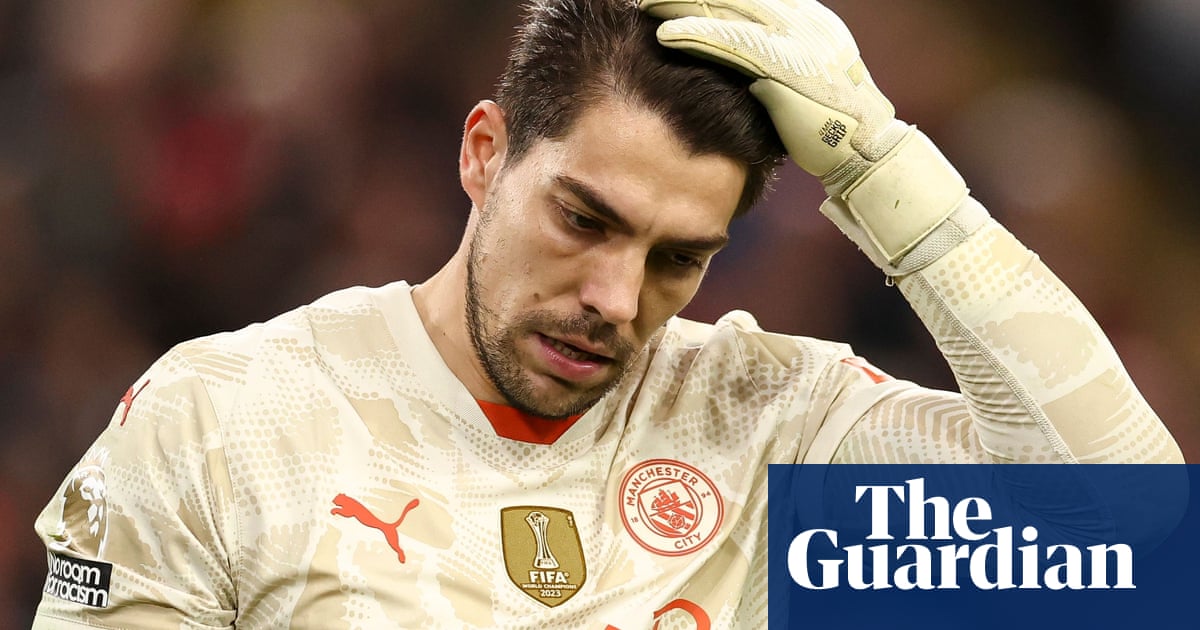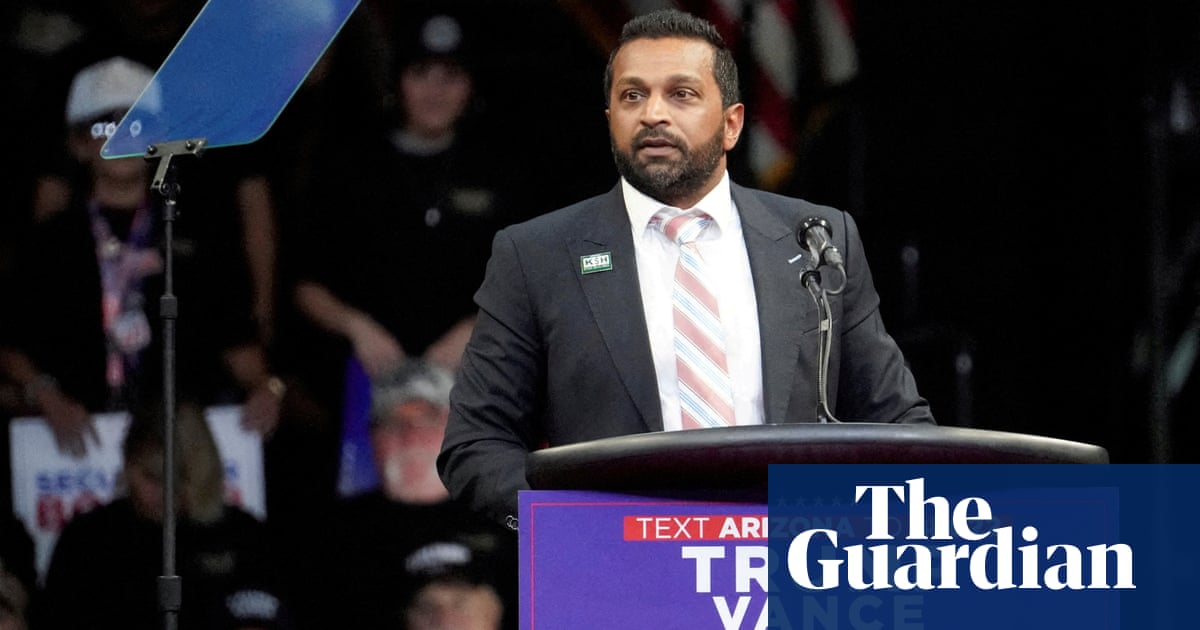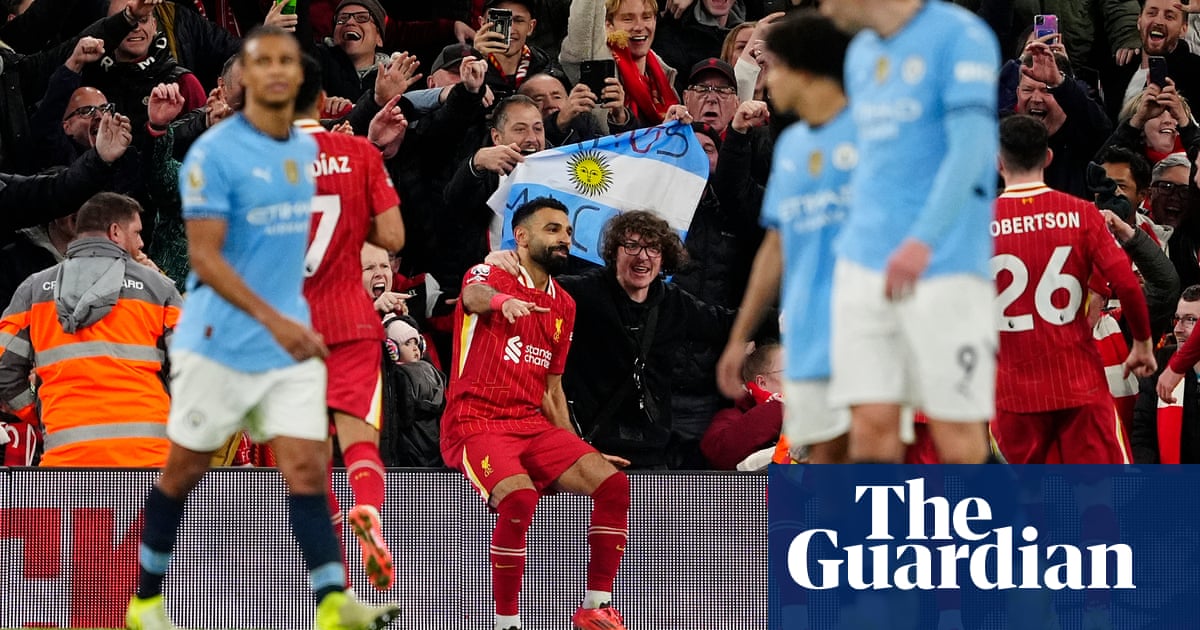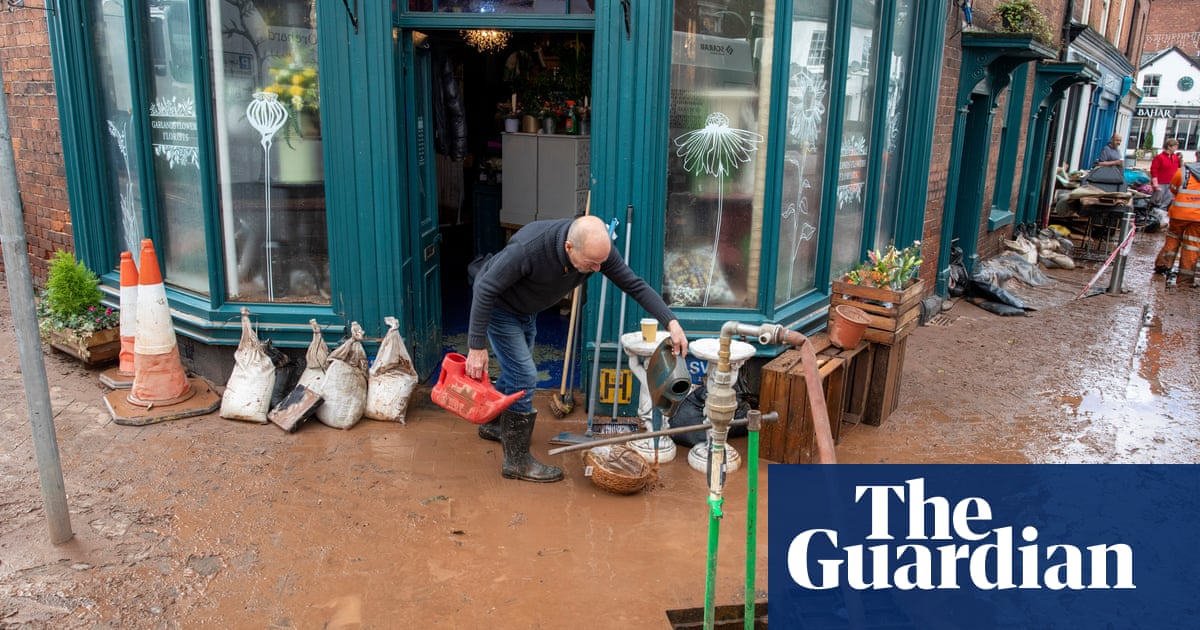Two spinal cords, a dozen ribs and a hollowed-out head lie next to a peak called ârock of the eagleâ in Gaelic. These are the remains of a pair of three-month-old lambs. Itâs muggy, and maggots and foxes will make light work of the remaining skin and bone. In a few weeks, itâll be as if it never happened.
Ruaridh MacKay, who has been farming here at Stronmagachan Farm in Inveraray for 25 years, picks up one of the spinal cords: sodden and slimy from successive fronts of rain, every morsel of flesh has been excavated. He was expecting to take these lambs to market next month.
All around are miles of sheep-grazed hills, like a giant lawn spun inside a tumble dryer. The valley is bowl-shaped and gets steeper the higher it rises, finishing in sheer rock. The sheep that live up here are bred for these conditions â both farmer and sheep have long lineages. Farming on these hills has changed little in 150 years.
MacKay tosses the carcass, and drives a quad bike on to two more contortions of bones, which a few weeks ago were also large lambs. He says the mysterious deaths started about 12 years ago. In an average spring and summer, he expects to lose around 60 lambs to unexplained death: what farmers call âblacklossâ. Last year, he lost more like 200. âThe lambs out on the hill were decimated,â he says.
According to MacKay, the culprit was a sea eagle, an icon of the rewilding movement and a reintroduction success story. It is one of the worldâs largest birds of prey. âGiven the age that these lambs were, they shouldnât have been killed by anything else,â he says.
MacKay, along with dozens of farmers in this region, is convinced that they are killing hundreds of lambs. âIâm 99% sure. I canât be 100% â I canât seem to get a photograph,â says MacKay. Conservationists remain adamant that sea eagles are innocent, and that the claims from farmers are inflated or fabricated.
In the absence of a smoking gun, competing narratives are coming to the fore â a microcosm of the conflicts over predator reintroductions that are playing out around the world. âIâm used to people thinking Iâm lying,â says MacKay. âThere is no definitive proof. Itâs frustrating, but Iâm used to it now.â
With hundreds of lambs dead, and the economics of the farm on the edge of survival, he says that just one thing could make this conflict better: âto be believedâ.
The reintroduction
Sea eagles â also known as white-tailed eagles â are enormous, majestic birds. They have a wingspan of up to 2.5 metres and are the fourth largest eagle in the world. They were once so common in the UK that mountain tops and villages throughout the country are named after them.
For hundreds of years, however, landowners, gamekeepers, farmers and collectors killed them in large numbers. The last known wild bird in Britain died in 1918.
Then, with huge excitement, they were reintroduced to the west coast of Scotland 50 years ago. The early settlers were flown over from Norway and thrived. Now there are an estimated 150 breeding pairs in Scotland, with numbers increasing. Thousands of people love watching them soar over the island of Mull each year, bringing in millions to the local economy. It is against the law to harm or kill them.
At the time of reintroduction, conservationists said they posed no threat to livestock. The eagles are found across dozen of European countries, and have been reintroduced to the Isle of Wight and Ireland, with no substantial recorded issues relating to livestock attacks.
But farmers in Scotland have consistently said their lambs were being killed. In 1996, reports came through of rogue pairs killing lambs. In 1998, some estimates suggested up to 400 lambs were being lost in one season.
The Scottish government said the problem seemed to be âalmost unique to Scotlandâ, and in 2015 launched its Sea Eagle Management Scheme in acknowledgment that it wasnât just the odd farm being affected. More than 200 holdings have been accepted. Farmers can claim up to £5,000 through the scheme, which requires extensive documentation of losses, pest control and sheep health for approval.
The government emphasises that it is not âcompensationâ because it is rarely possible to prove that sea eagles were the killers.
The hard evidence seemed thin. There is no footage of an eagle attacking a live lamb. âThe science, the evidence, the facts, just donât support that at all,â says Dave Sexton, who was the RSPBâs officer on Mull until he retired recently.
Sexton helped establish the island as a sea eagle tourism destination and has been watching these birds almost every day for 21 years. He has never seen them attack a healthy lamb.
He believes âthey could and probably doâ take healthy lambs but disputes the scale claimed by farmers. âI hope that, in another 20, 30 years, people arenât still having this argument about white-tailed eagles â that we have managed to find a way to live alongside these birds,â he says.
Environmental groups say eagles are being scapegoated â lambs die inexplicably all the time. A new apex predator is a more concrete culprit to blame than the vagaries of weather, foxes and fluctuating flock health. In a bid for evidence either way, a series of field studies was launched, including one involving 600 hours of people standing around looking for eagle predation. None saw any eagles taking livestock.
Many conservationists declared the case closed. One BirdLife report on the research concluded: âThe white-tailed eagle is quite clearly not a threat to livestock.â
But the Scottish birds are teaching us new things about these apex predators. Ecologists say they could be a living example of how reintroduction of species to depleted ecosystems can have unpredictable results.
The bones
Sea eagles are said to feed mainly on fish, birds and mammals, and have large appetites, requiring up to 600g of food a day. They are adaptable generalists, consuming whatever is local â coastal birds eat more fish, inlanders consume more rabbits. And one thing is now unequivocal: they do eat lamb.
Once the eagles have left their nests and their young have fledged, ecologist and bird ringer Justin Grant abseils up to eagle nests and collects their leftovers â mainly bones and the odd feather â which he sorts into species. Itâs a bit like going through someoneâs household waste.
âEverythingâs pretty much on the menu,â says Grant, but lamb is a recurring feature. âSome conservationists still think that all lamb in their diet is scavenged rather than killed â and much as Iâd like that to be the case, I think itâs unlikely,â he says. âAny eagle thatâs capable of killing red deer calves is clearly capable of killing small lambs.â
Grantâs forensic work resulted in a paper published at the end of 2023, analysing more than 11,000 bits of food found in sea eagle nests (the data does not tell us about juvenile birds, which do not have nests, or whether meat was scavenged). Overall, it found lamb accounted for just 6% of prey items in eaglesâ nests. An RSPB press release trumpeted the research, saying it proved that lambs were ânot a major food source for breeding white-tailed eaglesâ.
But the impacts were unevenly distributed. Some nests contained more than 30% lamb remains. Argyll had the most, with almost 20% of food in all nests across the region identified as lamb. On Mull and Lochaber, it was 14% and 13% respectively.
-
Clockwise from top left: a white tailed eagle chick in a tree top nest; a dead shag fulmar and hedgehog, found in a nest at Ardmore; a pike head also found as a prey item and an eagle feather found beneath a nest
These are the places where the greatest number of farmers are signed up to the governmentâs Sea Eagle Management Scheme â those reporting the biggest lamb losses.
Grant has been studying sea eagles since 1997 and has seen them make just two kills. Neither was a lamb. But, says Grant, not seeing it is not evidence that it doesnât happen. âI donât doubt farmersâ claimed lamb loss figures,â he says. âBut sometimes I worry that the local eagles take more of the blame for the missing lambs than they deserve.â
âItâs happening in too many placesâ
Against this backdrop of doubt, many farmers are going into overdrive, trying to prove they are not lying. When I arrive at Richard Rennieâs farm in Minard, before I have even turned off the car engine, he is at the window, telling me he has government data on his farm to prove his case. He had already sent me a dozen videos and photos of dead lambs with puncture wounds in their sides.
In Rennieâs kitchen, tiny socks are hanging out to dry above the Aga. The family had a daughter in November 2021. He said he wouldnât have been able to feed or clothe her if it hadnât been for his wifeâs income as a teacher. âOur daughter was also the thing that kept us going.â
Once, a hill farmer could provide an income for a whole family, but the money is disappearing. Rennie had 245 lambs go missing in 2021, 220 of which he attributed to sea eagle predation. Before that, his farm was making a profit, but it hasnât since. That year, according to NatureScot, Rennie had six juvenile eagles around his farm. The years on either side were better â in 2020 he thinks he lost 38 lambs to sea eagles and in 2022, about 11.
The loss of even a few dozen lambs can take a farm from being just about viable to unviable, says Jenny Love, an agricultural consultant from Scotlandâs Rural College, who works with 30 or 40 farmers around Oban. âHill farming is on a knife-edge â for some, the eagles have tipped them over the edge.â
âThere is no way this is a coincidence,â Love says. âItâs happening in too many places. These are good farmers, they are established, they keep meticulous records⦠There is no way theyâre all getting it so wrong that theyâre losing so many lambs.â
There are, however, factors that could make Scottish sheep particularly vulnerable to eagles. Sheep lamb late in Scotland because it is such a harsh environment, so they are smaller and weaker later into the year. There are far fewer people on the hills and working on farms to act as a deterrent.
And then there is the reality of the Scottish landscape: once a rich mixture of forests, woodlands and meadows that sustained a vast variety of species, by the early 20th century, forest cover was reduced to about 5%. Other creatures â fish, mammals, seabirds â have seen similarly steep declines. Farmers speak of seeing ground-nesting birds such as grouse, lapwing and curlew disappear from the hills.
âMany parts of the countryside recolonised by eagles are quite impoverished with respect to natural wild prey species than they would have been a few thousand years ago,â Grant says. For an apex predator with variable diet, this is the kind of environment that prompts a change of menu.
Predator reintroduction is sometimes seen as a magic bullet in conservation. But some ecologists argue that the conflict in places such as Argyll shows that adding a predator to a landscape is not a simple solution: work must also be done to create healthy ecosystems to support them.
Restoring native woodland and tree cover would help ensure strong populations of mountain hares, red grouse and grey squirrels. âThis will give more alternative prey for the eagles,â says Dr Fiona McAuliffe, a lecturer in ecology at Scotlandâs Rural College. More trees in the Scottish highlands would also give greater shelter for lambs and make them healthier, she says. Investing in ecosystem restoration could make Scotland a much wilder place â with benefits for sea eagles and farmers alike.
Heritage and trust
So what is the true scale of lambs being taken? The reality is likely to be somewhere between the competing stories from farmers and conservationists. Some of the highest numbers cited by farmers strain plausibility: more than 200 lost on a farm would mean the local eagles were killing multiple lambs every day of lambing season. But the claim by some conservationists that sea eagles do not kill lambs also ignores a growing body of evidence. The highest-consuming nests in Grantâs study were eating 20-30% lamb â in the ballpark of 150g of lamb a day.
The huge gap between what conservationists and farmers believe has seen some of them settle deeper into entrenched, opposing camps. âConservationists should be working with us rather than saying it doesnât happen,â says another farmer, David Colthart. âWeâre not talking shit. Itâs grossly insulting when people say that the lamb was already dead or was ill. They are not flying vets â theyâre opportunists, and theyâll take whateverâs available.â
We meet in Appen car park opposite the pebbledash village hall where there is an advert for a bingo night two months ago. Pots of geraniums sit outside the church. Colthart is involved in everything â a volunteer firefighter, judge at the village show, and seemingly sitting on every farming panel going, including the local Sea Eagle stakeholder group, which he chairs. He is wearing a hat that says #keeptalking.
âItâs better to talk â it gets it out,â he says, as we drive up into the hills toward Bealach. Itâs almost alpine, with hairpin bends and low-hanging mountains on either side. To some, this landscape is bare, but to Colthart it is full of life and history. His family has been here 100 years.
His sheep are grazing on the slope in front of us. Theyâre what farmers call a âheftedâ flock: sheep that live their whole lives on the same portion of the hill that they were born on. They know the land, the boggy bits, the best grass â their direct ancestors have been on the same hill for 100 or more years. Colthart describes them returning to their part of the slope after shearing âlike migrating salmonâ. He wants to keep that flock healthy for whoever takes over next â assuming someone does.
He shows me the remains of one of his lambs: all that is left is wool that has been âpluckedâ (an indication of an eagle feeding). In 2022, Colthart recorded 211 unaccountable lamb deaths out of 800 lambs that year. He attributed two-thirds to eagles.
The financial impacts are substantial (a male lamb is worth £70 at market, and a female is worth more to the farmer), but what really irks Colthart is the threat to an ancient farming tradition struggling to keep pace with the 21st century. âWithin this area of about 30 square miles, there are probably only six or seven hill farms left,â he says.
Many grievances fly around when we talk about eagles â a sense of a livelihood disappearing, lack of government support and apathy from the public. These are no longer robust businesses.
To conservationists, it is native wildlife that is disappearing at an alarming rate, and sheep are part of the problem. Reintroducing lost species is seen as an important way of conserving and reversing this biodiversity loss, which is a global threat to humanity. Bringing eagles back to Scotland was a rare victory for those working through decades of wildlife declines.
Conflicts between conservationists, introduced predators and land managers keeps coming up in different guises â across the UK and internationally. If they are not resolved, conservation gains may easily be rolled back: Europeâs wolves and bears, for example, were brought back from the brink of extinction. Now their presence has become a political football and they are being killed off in large numbers.
Generally. farmers are the most opposed to species reintroductions â much to the frustration of those working in nature restoration. A paper published earlier this year on reintroductions in the UK highlights the conflict with eagles in Scotland as a âpotential warningâ. The study found that âmuch of the United Kingdom would welcome the reintroductionâ but farmers had a far more negative response.
Taking farmersâ complaints seriously is key to addressing these conflicts, the report concluded. âIt was denied for a long time that lambs could be taken by sea eagles,â McAuliffe says.
âI think that kind of broke the trust of the farmers,â
Find more age of extinction coverage here, and follow the biodiversity reporters Phoebe Weston and Patrick Greenfield in the Guardian app for more nature coverage
